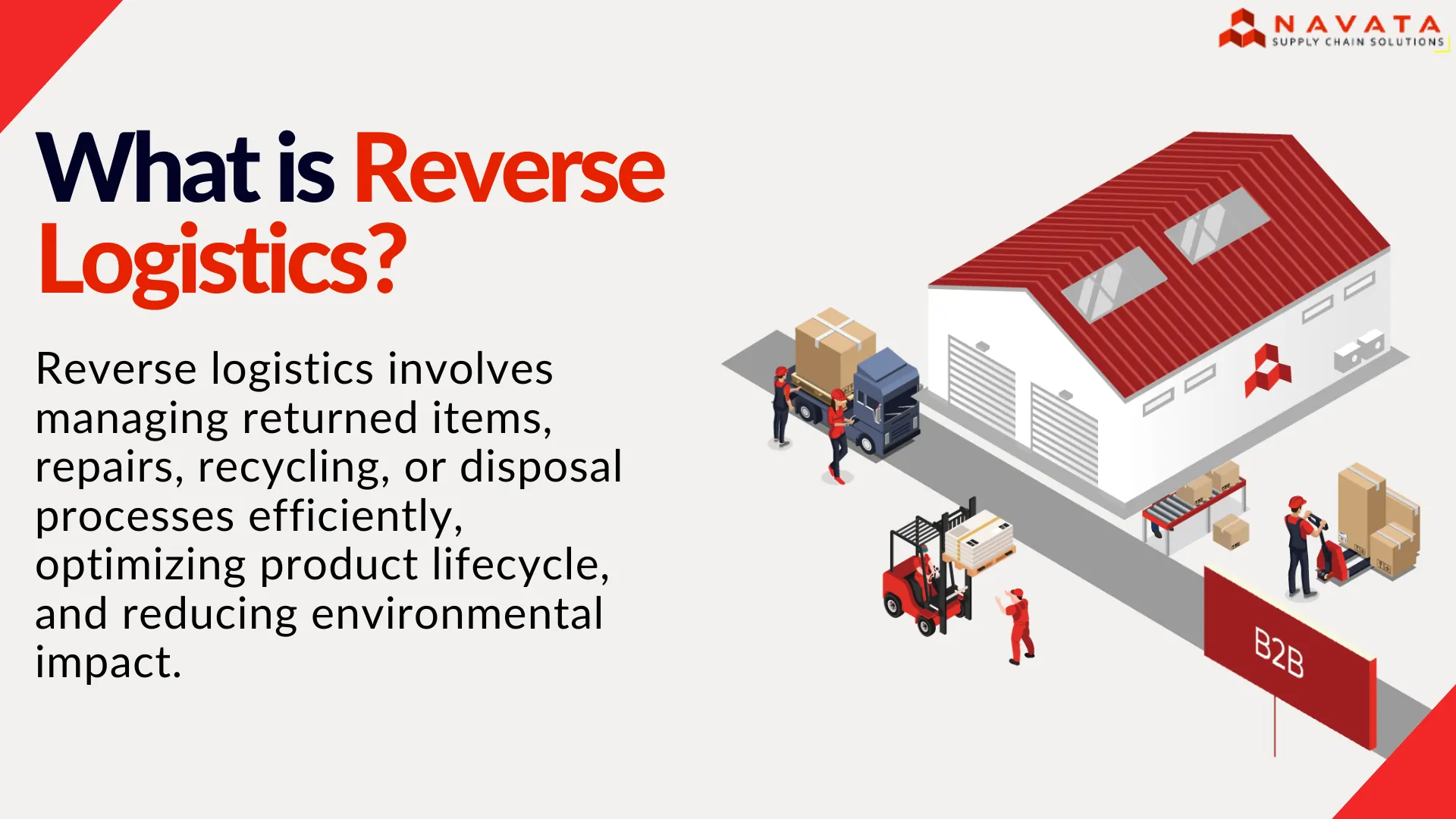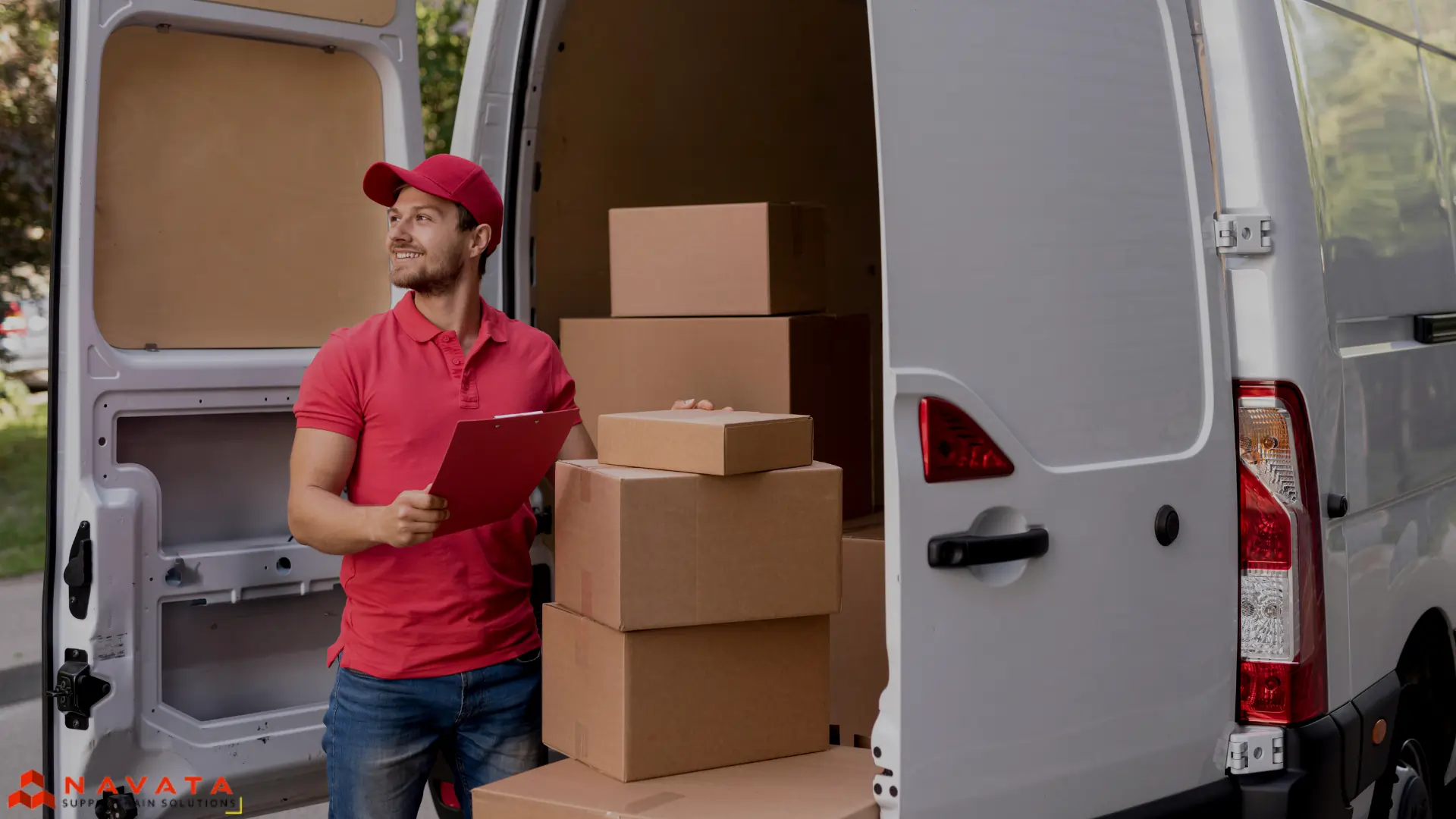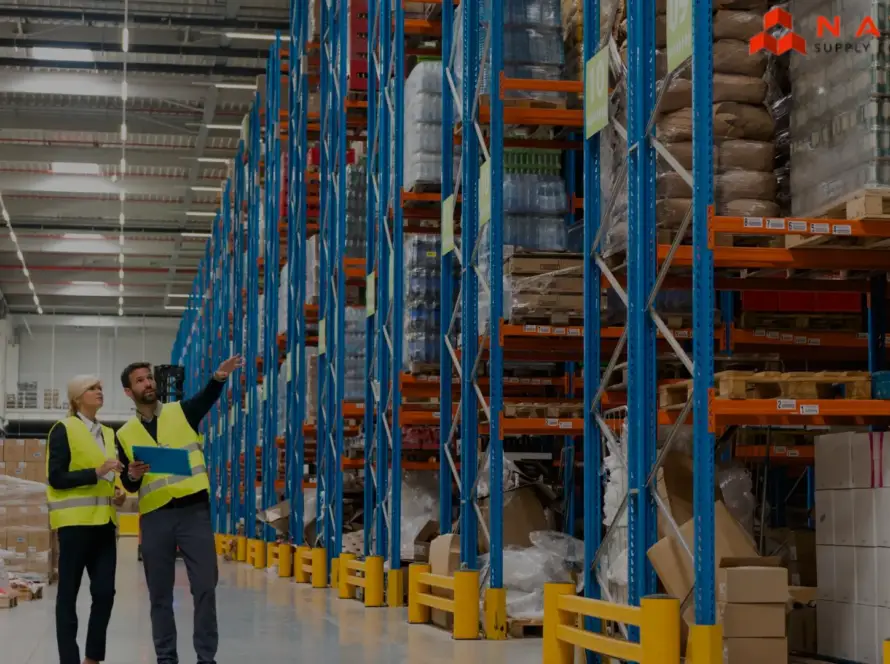What is Reverse Logistics?
When a customer or merchant returns a product to a manufacturer, reverse logistics manages the transaction by using the supply chain.
Along with recycling packaging and containers, reverse logistics also includes product refurbishment and reconditioning as well as the disposal of outdated items. In addition to handling related procedures including exchange orders, requests for refurbishment and repairs, and return disposal, reverse logistics provides condition-based returns processing.
Effective supply chain firms use reverse logistics as a key component of supply chain management to streamline operations and add value for their final consumers. Supply chain experts can use their knowledge of the various forms of reverse logistics as well as the difficulties in coordination and management to assist save costs and maintain efficient operations by devoting some time to learning about them.
Types of Reverse Logistics
Taking into account the process or treatment given to the product that is returned to the manufacturer or distributor, we can classify Types of Reverse Logistics into two categories:
Green reverse logistics
When products are returned to the source from the point of sale, they undergo an environmentally responsible process of recycling, repair, or disposal before being stored or sold once more. Repsol, for instance, recycles the packaging used to sell certain of its goods.
Reverse return logistics
In this instance, the product returns to its original location and is restocked, meaning it doesn’t require any further procedures to be sold. This might apply, for instance, to a clothing item that has been returned to the retailer.
You Might Also Like To Read: What is Last Mile Delivery?

How Reverse Logistics Works
Reverse logistics are often expensive and challenging to oversee.
Numerous logistics partners, such as NavataSCS, may assist your company in automating and outsourcing the returns process with the goal of rerouting the products as efficiently and affordably as possible so that they can be placed back into inventory.
However, it’s crucial to comprehend the procedures involved in reverse logistics before you find the ideal logistics partner.
Customer receives item
Many factors depend on a package being delivered successfully, and if you can “wow” the consumer at this point, you can reduce the amount of reverse logistics work.
Your delivery should be made on schedule, undamaged, and packaged to prevent damage to the goods during transportation. It should, of course, also list the item or items that the consumer really chose.
Your chances of a return increase if any of these situations occur: the item is damaged, the package is opened, the item is the incorrect size or color, or the delivery is delayed. For this reason, during the whole delivery process, it’s critical to concentrate on delivering an amazing customer experience.
Customer initiates a return
Each brand will have a return policy of its own. With a clear return window for all products—aside from final-sale items and other specific categories—it should be simple for shoppers to grasp.
When a consumer wants to return an item that qualifies, they should be able to do so with ease via one of your sales channels (website, app, email, etc.), a customer service representative, or an automated solution.
With adaptable alternatives based on the customer’s preferences, your agent or solution should be able to offer a smooth process for returning the item to your warehouse.
Return Label Printed
Customers should have several alternatives when it comes to returning merchandise from your business.
If a return is necessary, you could provide them pre-printed return labels when they get their shipment, or you could give them printable return labels when they ask for a return.
If a consumer chooses not to repackage an item or if it needs certain tools or supplies, you should also offer the option for them to bring the unboxed item to a drop-off site so that someone else may securely package it.
Items are sent back to be returned
The customer securely packages the item using appropriate packaging (often the original packaging if available) to prevent damage during transit. They then affix the return label to the package, ensuring that it’s clearly visible for shipping.
Returned items are received & inspected
After the package is shipped back to the retailer or designated return center, it is received by staff responsible for handling returns. The returned items undergo a detailed inspection process:
Verification: The return is verified against the customer’s original order to confirm the item and its condition.
Physical Inspection: Staff visually inspect the returned item to assess its condition. They check for signs of use, damage, missing parts, and overall suitability for resale.
Functional Testing (if applicable): In some cases, especially for electronics or appliances, functional testing may be conducted to ensure the item is in working order.
Items are returned to inventory
Return to Inventory:
If the returned item meets the retailer’s criteria for resale (e.g., it’s in new condition, unused, with all original parts and packaging intact), it is processed back into the inventory. This involves updating the inventory management system to reflect the availability of the item for resale.
Disposition of Unsalvageable Items:
Items that are deemed unsuitable for resale (e.g., damaged, used, missing parts) are handled according to the retailer’s policies:
Refurbishing: Some items might be sent to refurbishing centers where they can be repaired or restored to a sellable condition.
Recycling: Materials that cannot be refurbished or resold may be recycled to recover valuable components.
Donation or Disposal: In certain cases, items may be donated to charitable organizations or disposed of responsibly, adhering to environmental regulations.
Also Read: 7 Steps to Choose the Best 3PL Provider for Your Business

Importance of Reverse Logistics
In conclusion, successful inventory management is a multifaceted endeavor that demands a strategic, technology-driven, and flexible approach, including addressing the importance of reverse logistics. The seven outlined strategies, ranging from the insightful ABC analysis to the precise application of Economic Order Quantity (EOQ), serve as a comprehensive framework for businesses aiming to enhance operational efficiency and reduce costs while meeting customer demands.
Embracing the ABC analysis enables businesses to categorize and prioritize their inventory based on value and criticality, streamlining efforts and resources. Furthermore, employing technology, such as inventory management software and data analytics, facilitates real-time tracking, accurate forecasting, and seamless coordination across supply chain functions.
The optimization of reorder quantities through EOQ strikes a balance between holding and ordering costs, preventing excess inventory and ensuring product availability. Regular reviews and adjustments to inventory management practices are crucial in adapting to market dynamics, customer behaviors, and industry trends.
By implementing these strategies, businesses can achieve a harmonious equilibrium between maintaining optimal stock levels and maximizing profitability. This adaptability and strategic planning position companies to thrive in competitive markets, ultimately contributing to sustained success and customer satisfaction.
Thanks For Reading: What Is Reverse Logistics?
Powered By 360Presence
FAQ
What is reverse logistics?
Reverse logistics is the process of managing the return of products from customers or merchants back to the manufacturer. This process includes recycling packaging, refurbishing products, and disposing of outdated items.
What are the steps involved in the reverse logistics process?
Steps include customer receiving item, initiating a return, printing a return label, shipping back the item, receiving and inspecting returned items, and returning items to inventory.
Why is reverse logistics important?
Reverse logistics streamlines supply chain operations, reduces costs, and adds value for end consumers by efficiently handling product returns and related processes. It enhances overall supply chain management and contributes to customer satisfaction and sustainability.
What are the benefits of reverse logistics?
One major advantage of reverse logistics is cost savings. Companies can reduce trash disposal and manufacturing costs by properly managing returns, refurbishing products, and recycling materials. This also maximizes resource consumption and promotes environmental sustainability.
Is reverse logistics good?
Yes, reverse logistics is beneficial. It enhances customer satisfaction through efficient return processes, reduces costs by refurbishing and recycling products, and supports sustainability by minimizing waste.


3 Comments